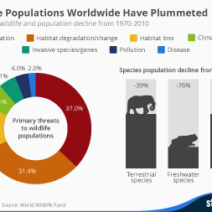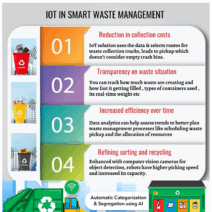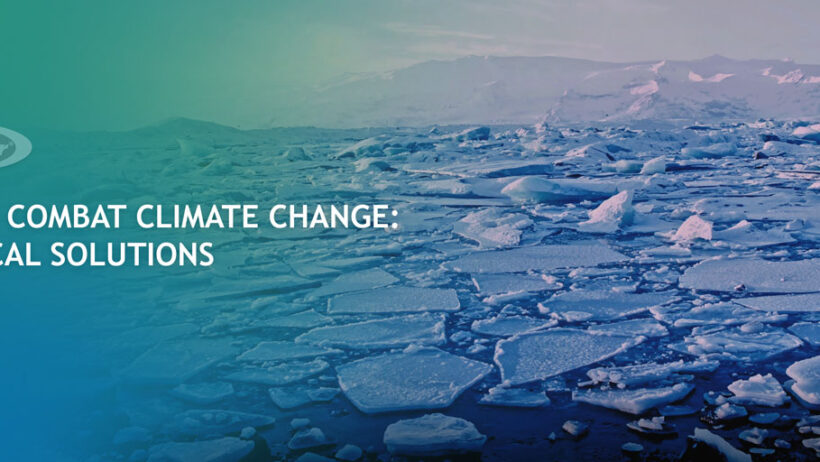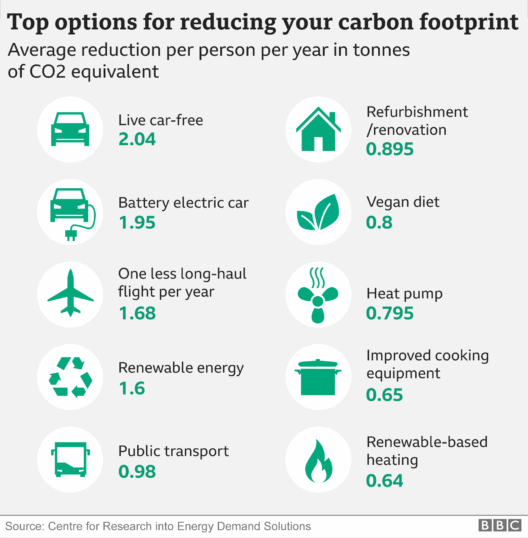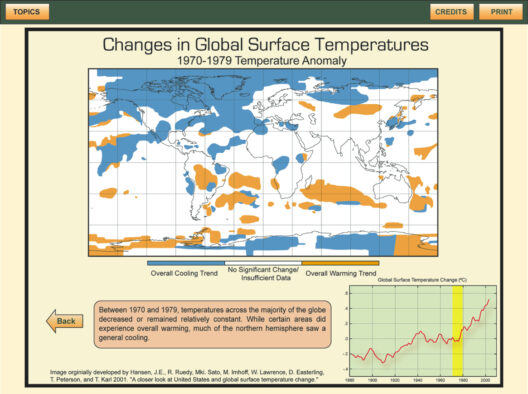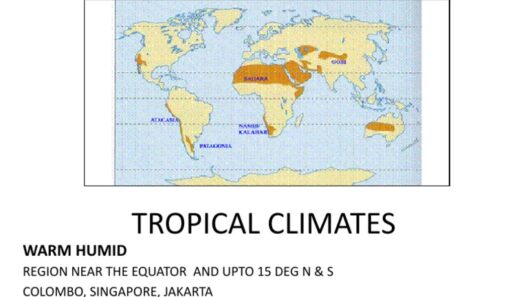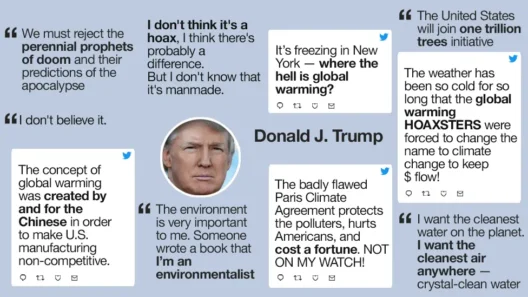Climate change is akin to an encroaching tempest—a silent storm that threatens the very fabric of our existence. As cities rise and forests dwindle, the challenge is daunting yet surmountable through collective ingenuity. The clarion call for action has never been more urgent, and we must galvanize our collective will to combat this existential threat. The synergy among communities, organizations, and individuals can fuel a transformative movement towards sustainability. Here, we unveil the collective solutions that can help navigate the tempest of climate change.
Collective action is the flint that ignites change, sparking grassroots movements and innovative initiatives worldwide. But how do we elevate our efforts in unison? Through synergy, education, actionable engagement, and bold policy advocacy, we can amplify our impact remarkably. Let us explore these intricate avenues for fostering collective action against climate change.
Community Empowerment: The Seedlings of Change
At the heart of combating climate change lies the empowerment of local communities. Neighborhoods are like fertile soil; enriched with potential, they can cultivate awareness and activism, sowing the seeds for systemic change. Community-led initiatives have the wherewithal to create tangible impacts, especially when grounded in local knowledge.
One such initiative is the establishment of community gardens. These verdant havens not only promote local food production but also foster community ties. As neighbors congregate to cultivate the earth, they share wisdom about sustainable practices and the importance of biodiversity. Such gardens serve as physical manifestations of collective responsibility, drawing attention to local ecosystems and emphasizing food sovereignty.
Moreover, the power of local advocacy cannot be overlooked. As communities rally to address their specific environmental concerns, they fortify their voices through organizations dedicated to activism. From lobbying for the reduction of plastic waste to spearheading campaigns for renewable energy adoption, grassroots movements haunt the halls of power and provoke essential dialogue. These civic engagements create a cascading effect—empowering individuals and inspiring neighboring communities to act.
Education: Illuminating the Path to Understanding
Knowledge is the luminary that guides our collective endeavors. When we equip ourselves with information about climate change and its sociopolitical ramifications, we cultivate a culture of awareness that fosters proactive citizenship. Education is more than mere information dissemination; it is the cultivation of an eco-conscious mindset poised to tackle future challenges.
Schools and educational institutions play an indispensable role in this endeavor. Curriculums that incorporate environmental science and sustainability teach young minds about their role as stewards of the planet. Field trips to local ecosystems or engaging with conservation projects can deeply imprint the importance of environmental intricacies on students. These early experiences sow the seedlings of environmental sensitivity and inexorably lead to budding activism.
Online platforms offer a treasure trove of resources for the broader public. Webinars, documentaries, and open forums enable individuals to explore diverse perspectives and emerging solutions. As the internet facilitates global connections, knowledge transcends geographical barriers, engendering a worldwide consciousness regarding climate issues. Awareness breeds empathy, and empathy catalyzes action.
Policy Advocacy: Blueprint for Systemic Transformation
While grassroots movements and educational initiatives are invaluable, advancing policies that mitigate climate change is paramount. Just as a river carves its path through stone, persistent advocacy can reshape the landscape of governance. By engaging in policy discussions, we can influence the legislative frameworks that dictate environmental protections.
Collective advocacy efforts can bring compelling pressure to bear on policymakers. Organized campaigns, petitions, and letter-writing drives establish a chorus of demands for sustainable policies. Highlighting success stories from across the globe, activists can galvanize support for renewable energy investments, carbon taxation, and stricter regulations on emissions. Such initiatives serve as vital tributaries converging to create a powerful stream of progressive environmental policy.
The role of businesses in this dialogue is also pivotal. Companies prioritizing sustainability can lead by example, innovating environmentally sound practices while encouraging regulatory compliance. When corporations align their financial incentives with ecological sustainability, the potential for systemic change multiplies exponentially. A marketplace thriving on green practices can energize economies while securing ecological resilience—a win-win for people and the planet.
Collaboration Across Borders: A Global Coalition
Climate change knows no borders; it is a universal affliction that necessitates international collaboration. The synthesis of global knowledge, resources, and technologies enables the evolution of viable solutions. Collaborative research initiatives, international treaties, and joint sustainability projects exemplify the potential of collective action on a planetary scale.
Global organizations, such as the United Nations, facilitate dialogues among nations, fostering commitments to ambitious climate targets. Initiatives like the Paris Agreement exemplify the collective determination to wrest control of our future from the grips of climate change. The concept of climate justice emphasizes the necessity for affluent nations to support less developed countries, empowering them to confront their vulnerabilities while striving for sustainable progress.
In this intricate tapestry of collaboration, every thread contributes to a resilient whole. Every nation, community, and individual has a role to play as we forge collective pathways toward sustainability. Embracing diverse perspectives fosters innovative solutions that could remain elusive in isolation. By transcending barriers, we unlock the solutions necessary to tackle climate change cohesively.
As we navigate the challenges of climate change, our interconnectedness serves as our greatest asset. The tempest that threatens our existence can also be the catalyst for a profound awakening—an opportunity to redefine our relationship with nature and each other. With community empowerment, education, policy advocacy, and international collaboration guiding our way, the horizon gleams with the promise of a sustainable future. Together, we can turn the tide against climate change, weaving a narrative of hope amidst despair.

